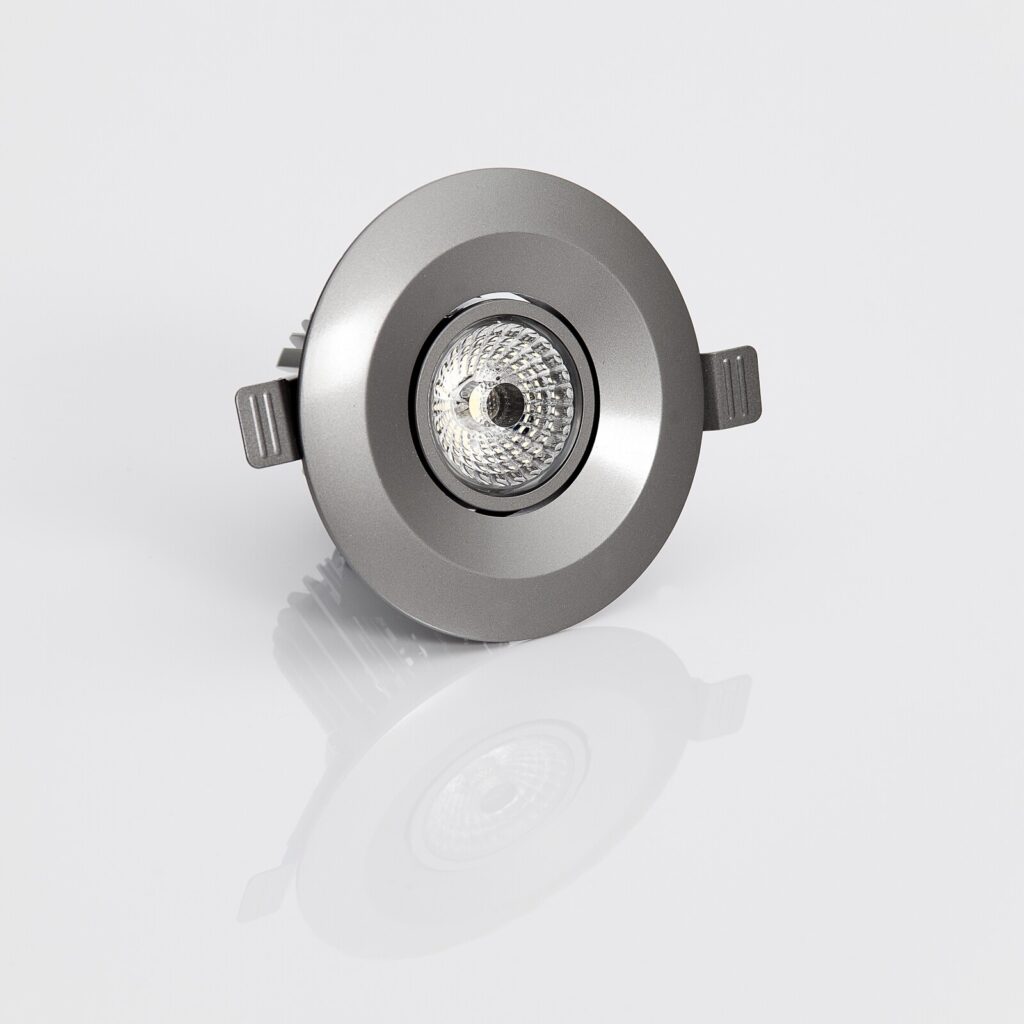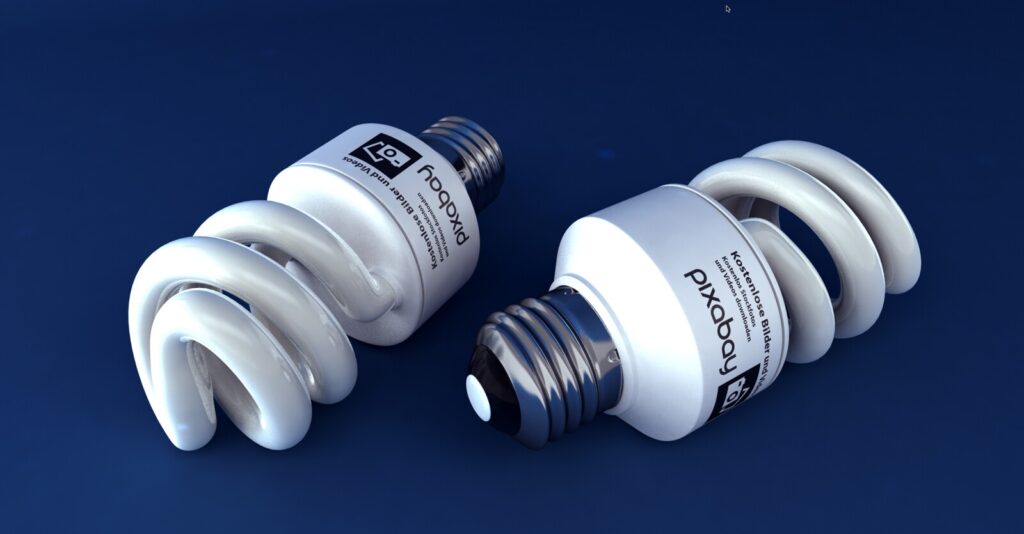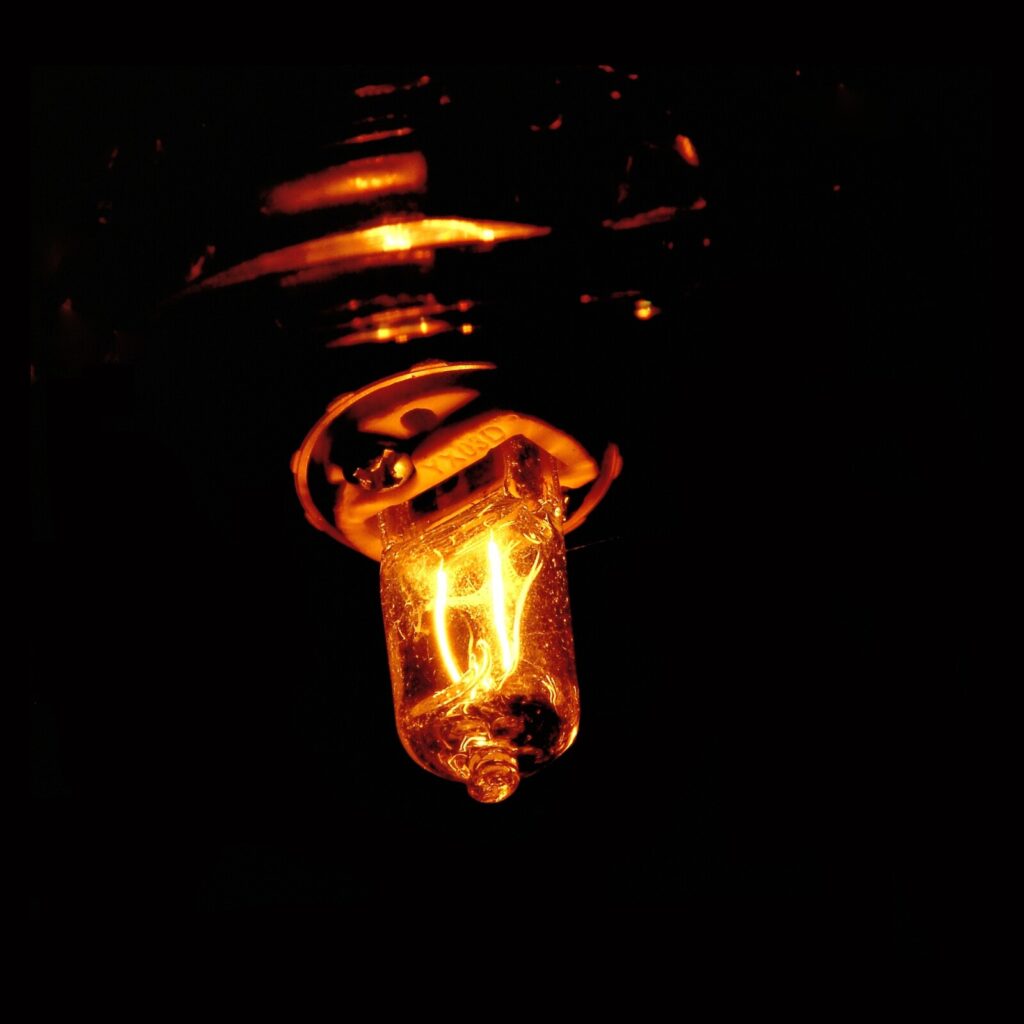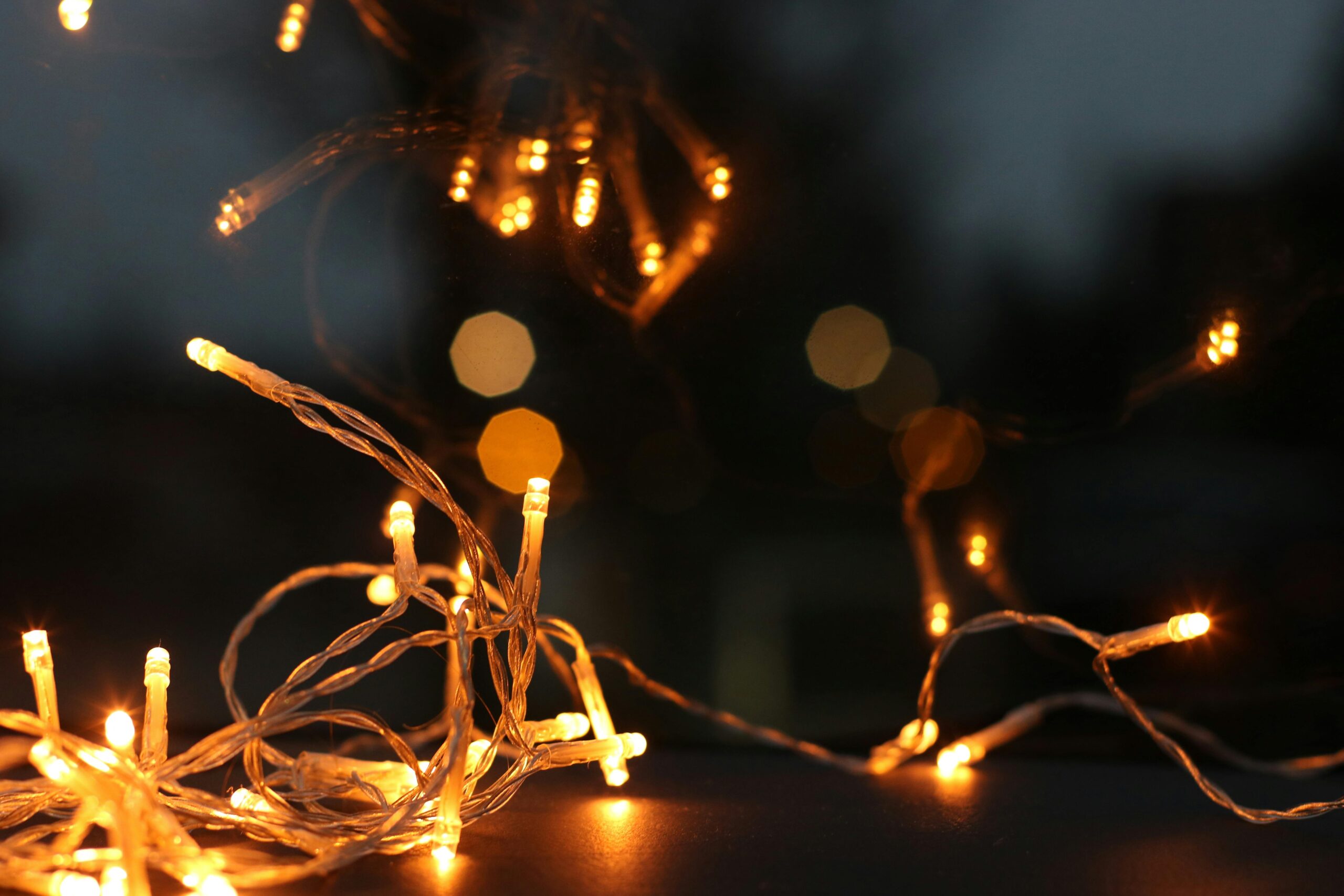3 Different Types of Efficient Light Bulbs and How They Save Energy
When deciding which light bulbs to purchase for your home, the most important thing to consider is energy efficiency. The U.S. Department of Energy (DOE) estimates that lighting accounts for about 15% of a typical home’s electric bill, so you can save some serious cash over time by switching to more efficient bulbs. Along with saving money on your utility bills, you’ll also help the environment by using less energy and producing fewer greenhouse gas emissions from power plants. This article will compare LED vs. CFL vs. Halogen light bulbs and break down how much money they can save you over the long run.
Comparing Light Bulb Savings: LED vs. CFL vs. Halogen
Regarding the energy efficiency of these three bulbs, the LED is king. With its longer lifespan, lower energy usage, and more robust construction than its competitors, an LED will save you more money in the long run.
Regarding light quality and bulb longevity, CFLs fall short when compared with LEDs and halogens. CFLs can be challenging to find in specific sizes and shapes while they’re not as bright or efficient as other options. Halogens aren’t very bright either—they emit only 730 lumens per watt compared with an LED that emits 1,000 lumens per watt—but they last much longer than both CFLs (10 years) and LEDs (25 years).
LED Light Bulbs
- LED light bulbs are more expensive than other bulbs but have a longer lifespan.

LED Light Bulbs
The average lifespan of an incandescent bulb is about 750 hours, whereas the average lifespan of an LED bulb is approximately 25,000 hours—that’s a whopping 28 times as long! Because it lasts so much longer than other types of light bulbs (and it doesn’t burn out as quickly), you can expect to save money on your electric bill over time by using LEDs instead of traditional lights.
- LEDs use less energy than other bulbs and produce less heat when in use.
Because they are more efficient than incandescent or halogen bulbs, LEDs also waste less energy and generate less heat, saving you money on your electricity bill every month! Additionally, some LED lamps were explicitly designed to be dimmed because they do not get hot like other types of lighting sources; this means that even if you want your room darker at night time but don’t want to turn off all the lights just yet, there’s no need for concern with LED lamps since no one needs them to shut off entirely anyway… they’re only being dimmed down during certain times throughout the day/night cycles rather than being switched off entirely after everyone has gone home from work!
LED Light Bulbs Pros
LED light bulbs are the most efficient, durable, and environmentally friendly compared to other bulbs. They also last up to 20 years!
- LEDs are more cost-effective than CFLs or halogens because they last much longer.
- LEDs use less energy than other lights, which translates into lower monthly bills. And since they don’t contain mercury like CFLs do (and therefore aren’t dangerous if you break one), you can recycle them at any time instead of holding onto them until it’s time for disposal!
- LEDs produce a whiter light than incandescent or halogen bulbs—more like daylight—so they’re perfect for brightening up your home while adding style with their sleek design.
LED Light Bulbs Cons
LED light bulbs are not dimmable, and you can’t just turn them on or off quickly. This is good and bad, depending on what you’re trying to do with them. If you want the ability to adjust your lights from bright to dim and back again to create mood lighting, then an LED bulb isn’t for you. However, if you like having complete control over how much light there is and where and when it’s needed (and don’t mind paying more), then an LED bulb could be right up your alley!
Also worth noting: some LED bulbs aren’t as bright as others. There are different brightness levels within each type of efficient light bulb—some are just plain brighter than others! So make sure that whichever kind of efficient light bulb appeals most strongly to your sensibilities has enough lumens at its disposal before making any purchase decisions (usually marked somewhere on the packaging).
CFL Light Bulbs
CFLs are more expensive and less efficient than LEDs.

CFL Light Bulbs
In general, CFLs are more expensive than incandescent and halogen bulbs.
However, they are much more efficient than both types of bulbs; one CFL can last 8-15 times longer than an incandescent bulb and 13-15 times longer than a halogen bulb, so if you do the math, it will cost you about $5 to $10 in electricity for each year of use. If you have just one or two lights that tend to burn out every few months (like some under-cabinet lights), switching over to CFLs could save you hundreds or even thousands of dollars over time as long as there are no installation costs involved from having them wired into your home’s electrical system or buying new fixtures for them.
CFL Light Bulbs Pros
- Cost savings. CFL light bulbs cost less than LED light bulbs and halogen bulbs. LED and halogen are generally more expensive than CFL, but they also provide other benefits that make them worth the extra cost to some people.
- Long life. CFLs generally last about ten times longer than incandescents, which means you’ll have to replace them less often—and that’s money in your pocket!
- Low energy consumption compared to fluorescent tubes and other lighting fixtures like incandescent and halogen lights that use bulbs with filaments made from tungsten wires (or “filament”). This means that it uses significantly less electricity in total over its lifetime compared with other types of lighting fixtures such as fluorescents or traditional filament-based light fixtures using tungsten filaments for their bulbs.
CFL Light Bulbs Cons
- CFLs contain a small amount of mercury.
- The amount of mercury in a CFL is not enough to harm you or the environment, but it can be harmful if broken.
- You should always follow the directions on how to dispose of broken bulbs.
Halogen Bulbs
Halogen bulbs are more efficient than incandescent bulbs, CFLs, and LEDs.

Halogen Light
This is because they use less energy than other types of light bulbs.
They also last longer than incandescent and LED bulbs, which can help you save even more money on your electric bill at the end of the month.
Halogen Bulbs Pros
- Long life: Halogen bulbs can last up to 2,000 hours.
- Bright light: These bulbs provide a bright white light closer to natural daylight than CFL or LED bulbs.
- Can be used in recessed lighting: Halogen bulbs are designed to be used in recessed ceiling fixtures, track lighting, and outdoor lighting fixtures.
- Can be used in high-heat areas: Halogen bulbs require very little electricity and generate less heat than other lights, making them a good choice for use in enclosed fixtures such as chandeliers or sconces. They are also recommended for use with indoor plants because they don’t emit harmful ultraviolet rays like some other types of lamps do.* Can be used in low-heat areas: Because halogens produce little heat when compared with incandescent bulbs, they’re often installed in refrigerators and freezers due to their efficiency at keeping food cold without wasting electricity on heating the room where these appliances sit.* May contain toxic chemicals if broken (especially when they burn out)*
Halogen Bulbs Cons
Halogen bulbs are more expensive than LED and CFL bulbs and have a shorter lifespan. While halogen bulbs last about 1,500 hours (roughly the same lifespan as incandescent bulbs), they’re also the most difficult to install because their heat makes them vulnerable to vibration during installation or everyday use. The heat also means that you can’t turn them on or off as quickly as other types of light sources; when you do, it may take up to 30 seconds for the bulb to reach full brightness. Halogen lights also produce less light per watt than LEDs or CFLs—but they emit more blue light than either.
Choose a bulb that can save energy and money as you help the environment.
The first thing to do is to make sure that you choose the correct bulb for the proper application. CFLs and LEDs are best suited for lighting fixtures that can be turned on and off frequently, like hallways or stairwells. They also work well in outdoor applications like porch lights and security lights, as they typically have a much longer life than other light bulbs.
Halogen bulbs are best used where they don’t need to be turned on or off frequently—like living rooms and dining rooms—where their heat generation can help keep a room warmer without increasing your heater’s output. Remember that halogen lamps can generate heat up to three times more than incandescent lamps at about twice the price.[1]
Conclusion
We hope this article has helped you make an informed choice about which light bulb to use in your home. The right option for you will likely depend on your budget, the current state of your lighting infrastructure, and how long you plan to stay in your home before upgrading. In most cases, we recommend investing in high-quality LEDs or halogen bulbs that can last decades with proper care.


